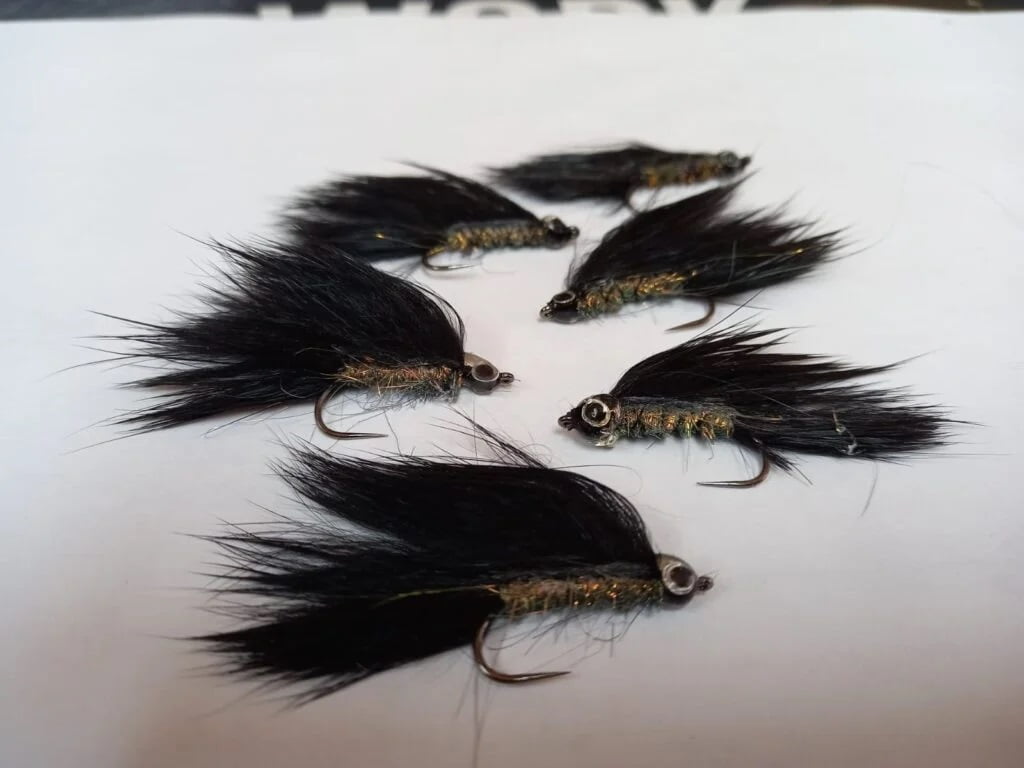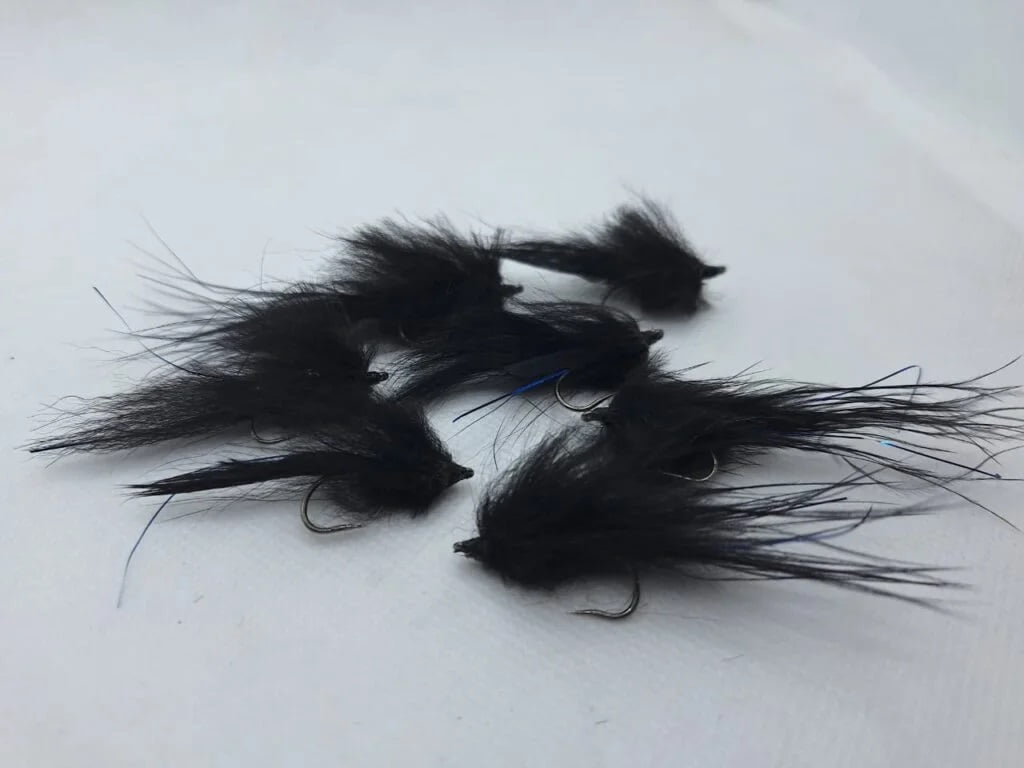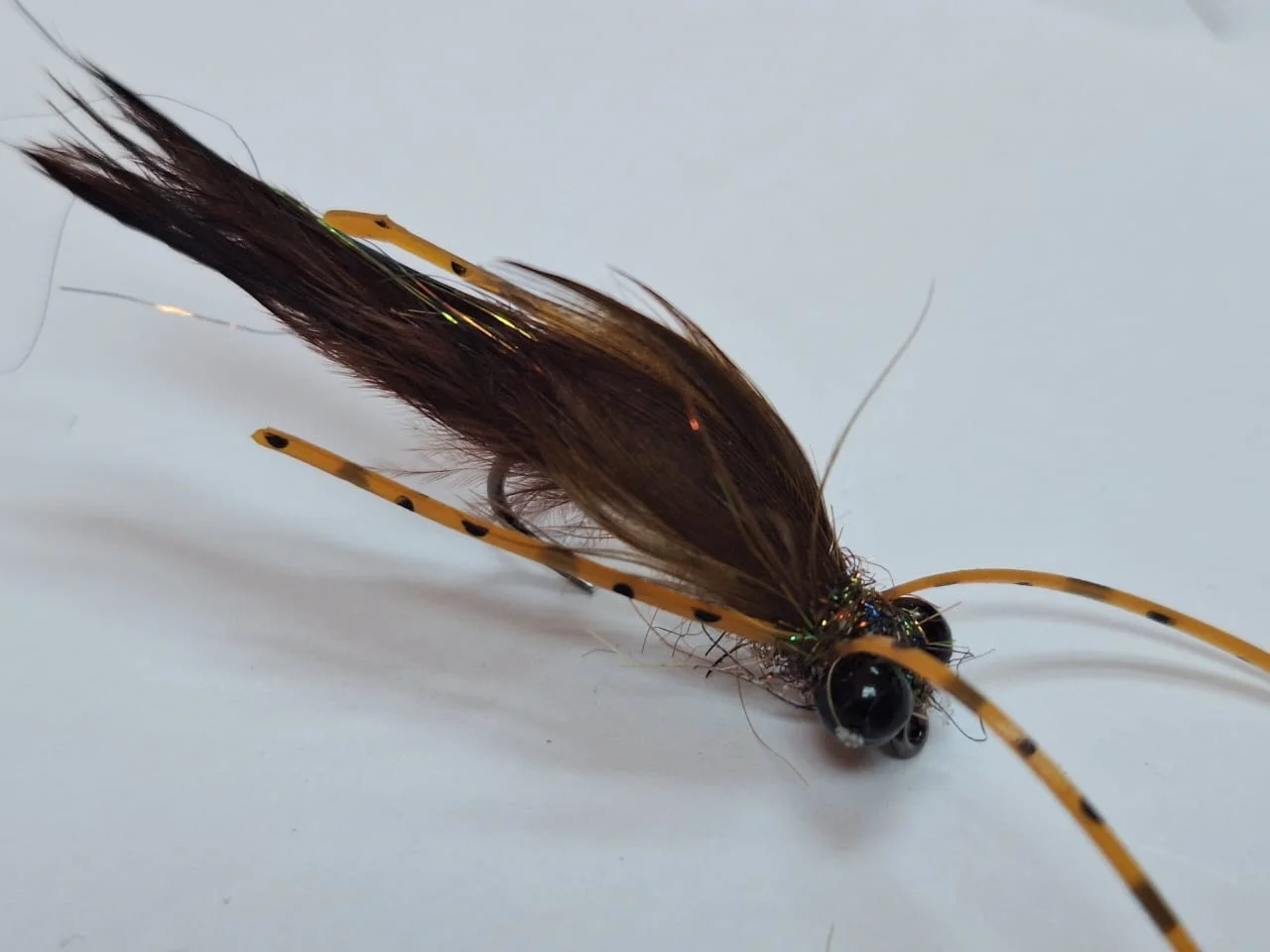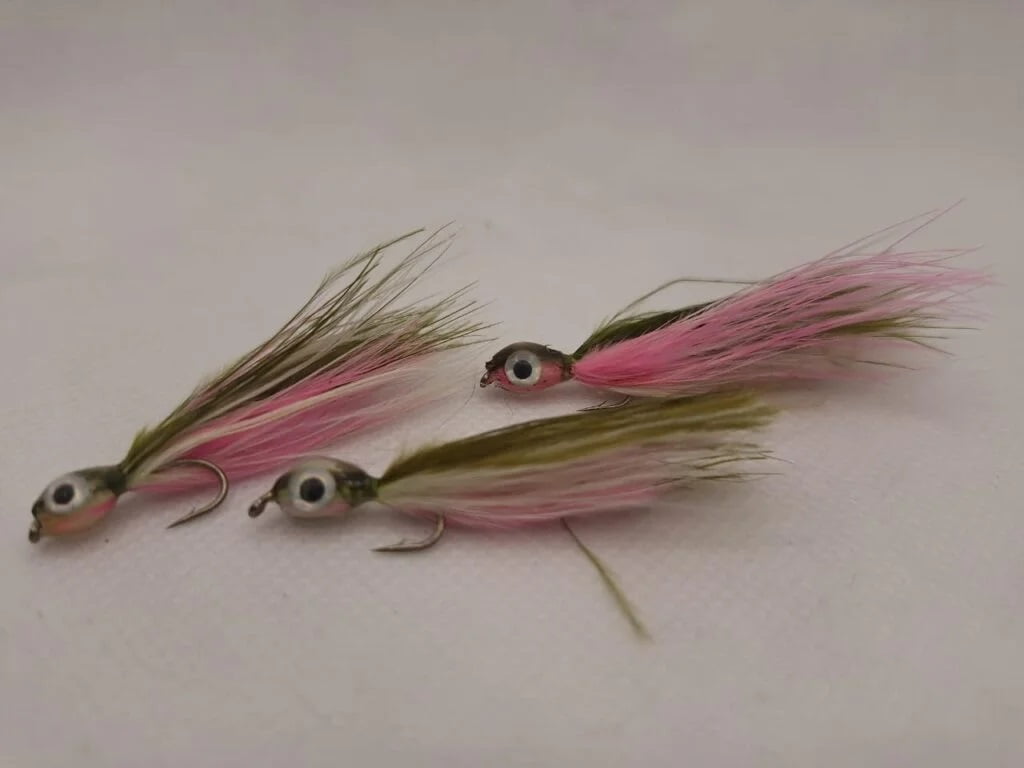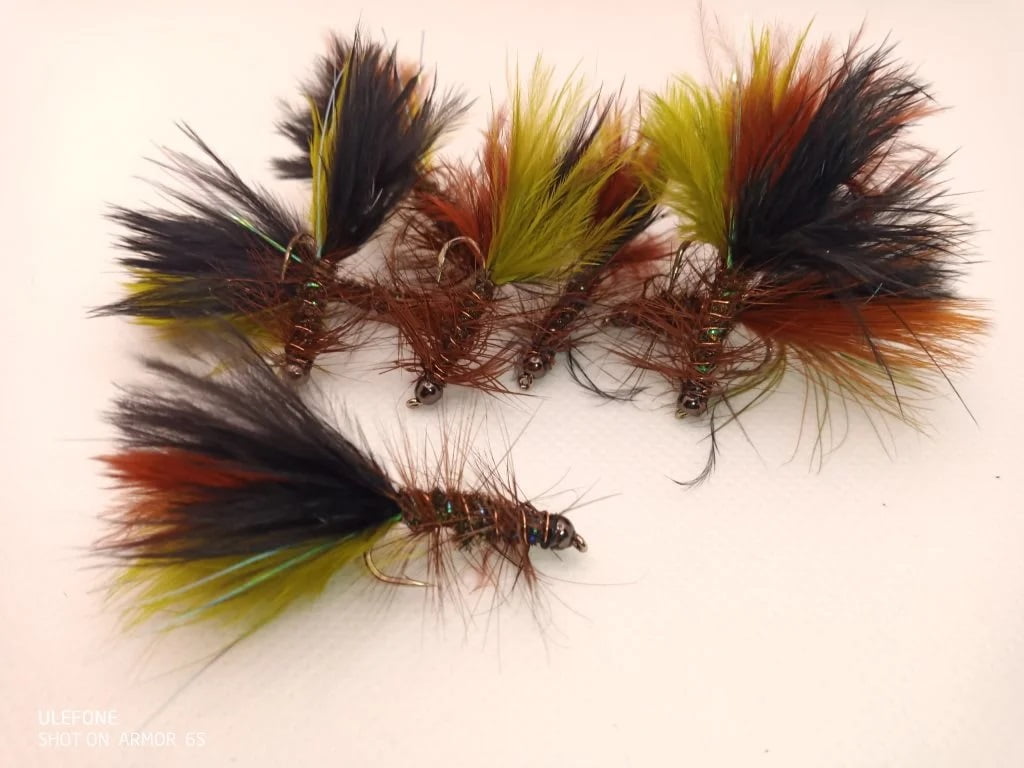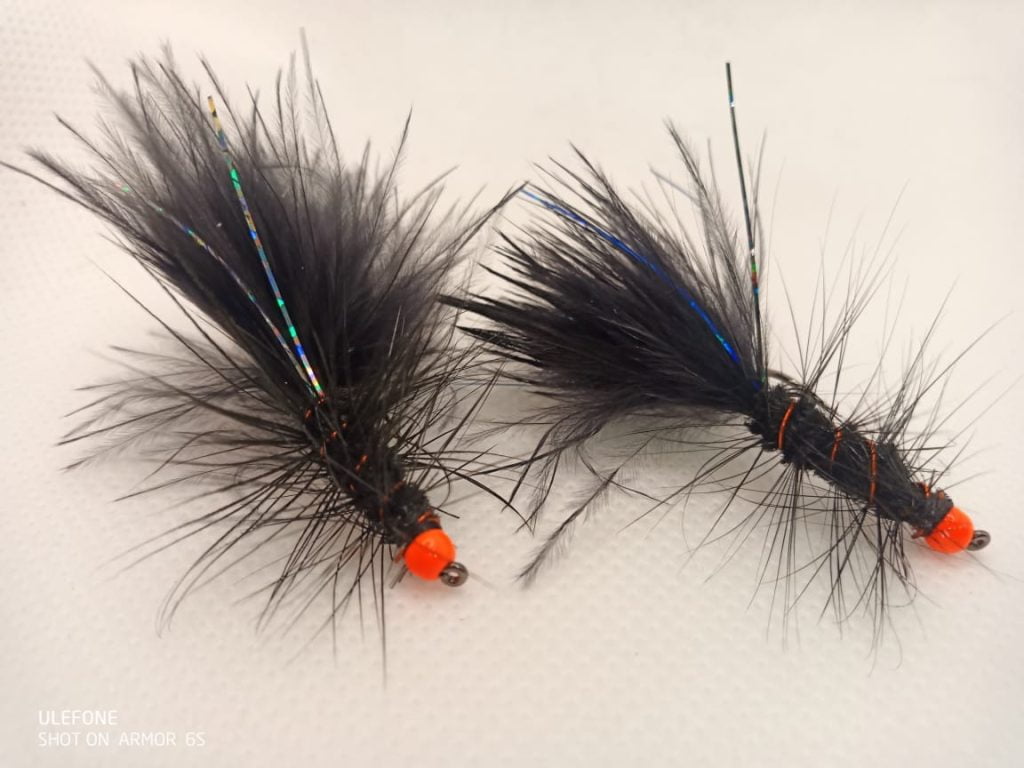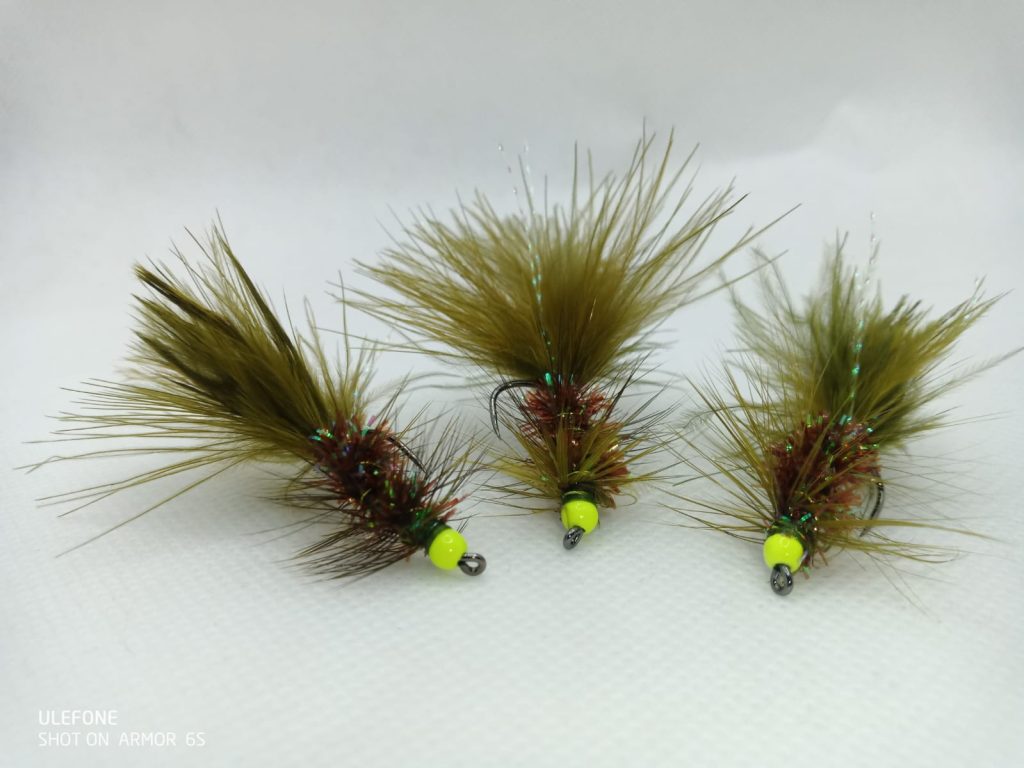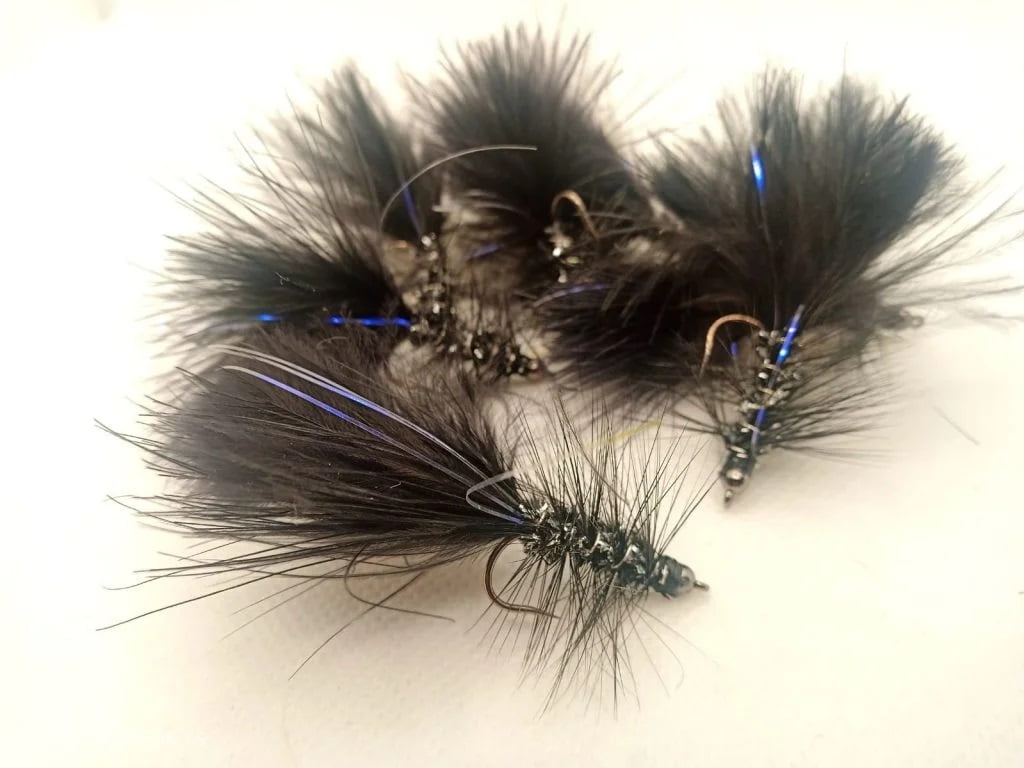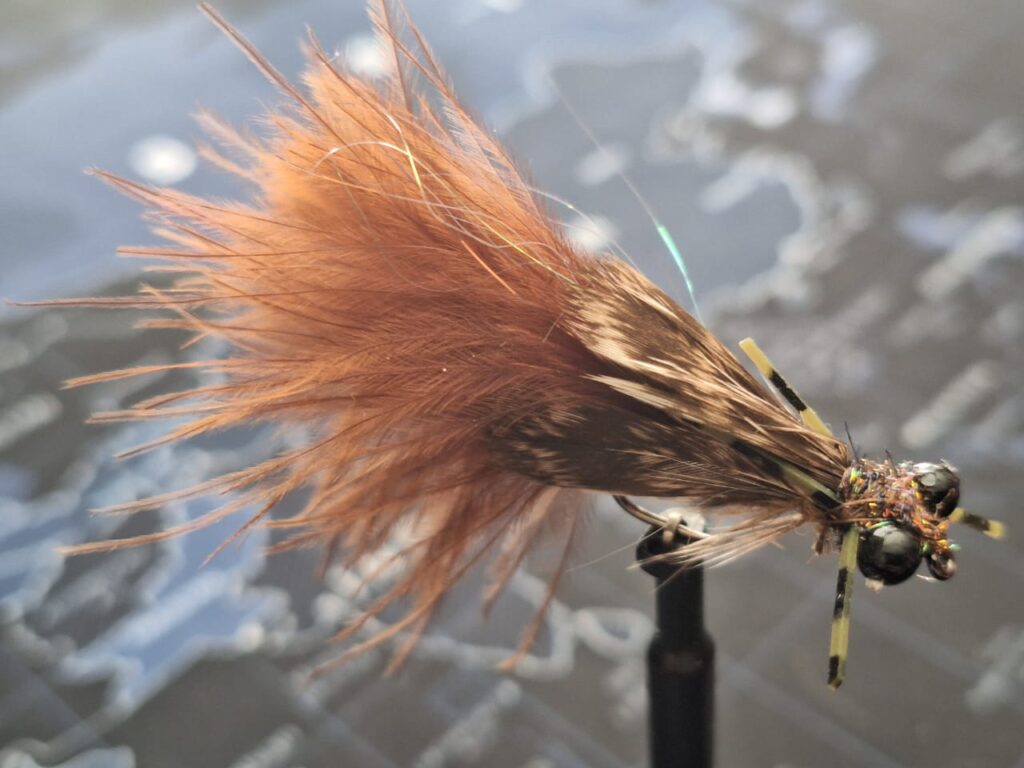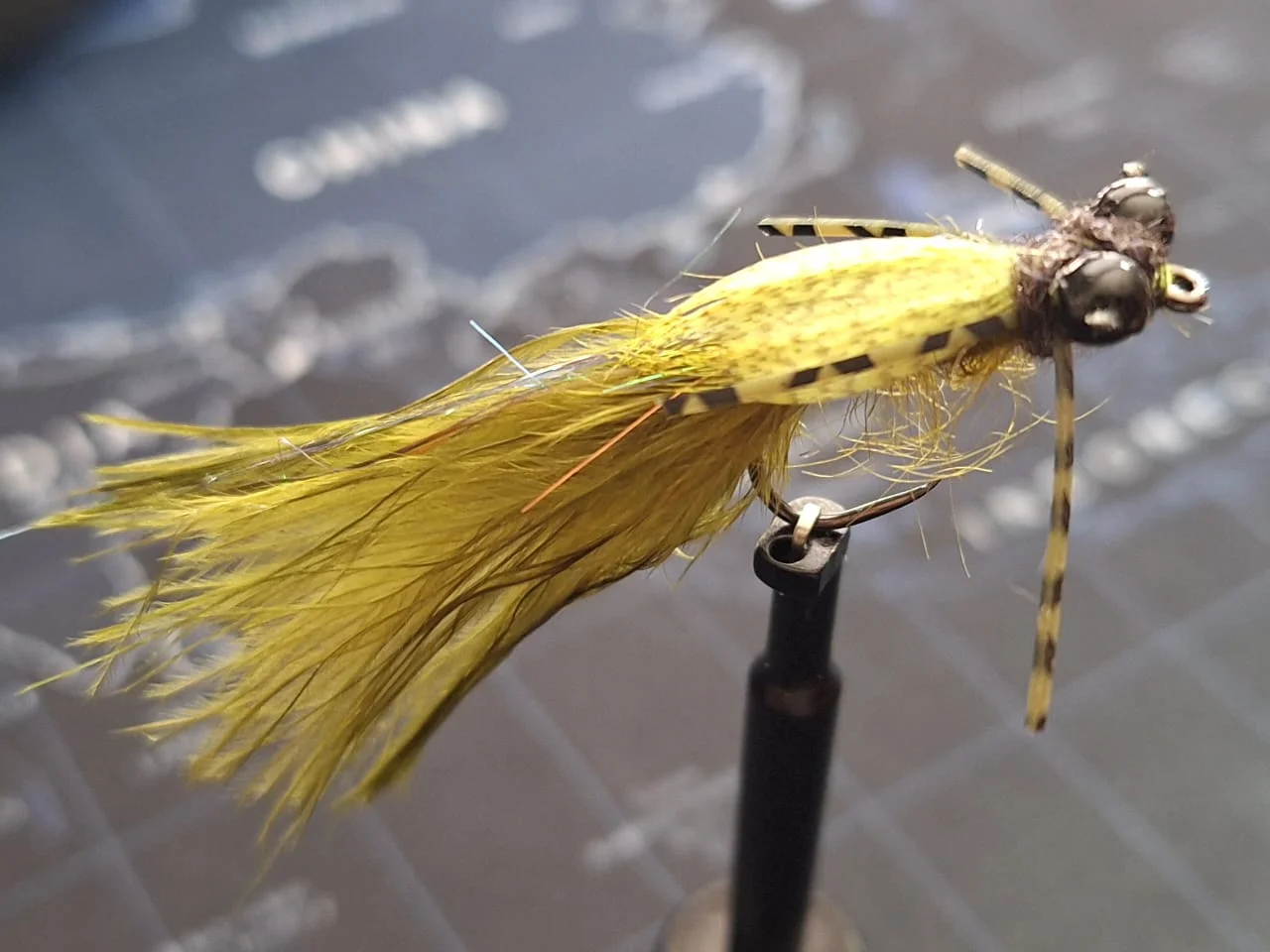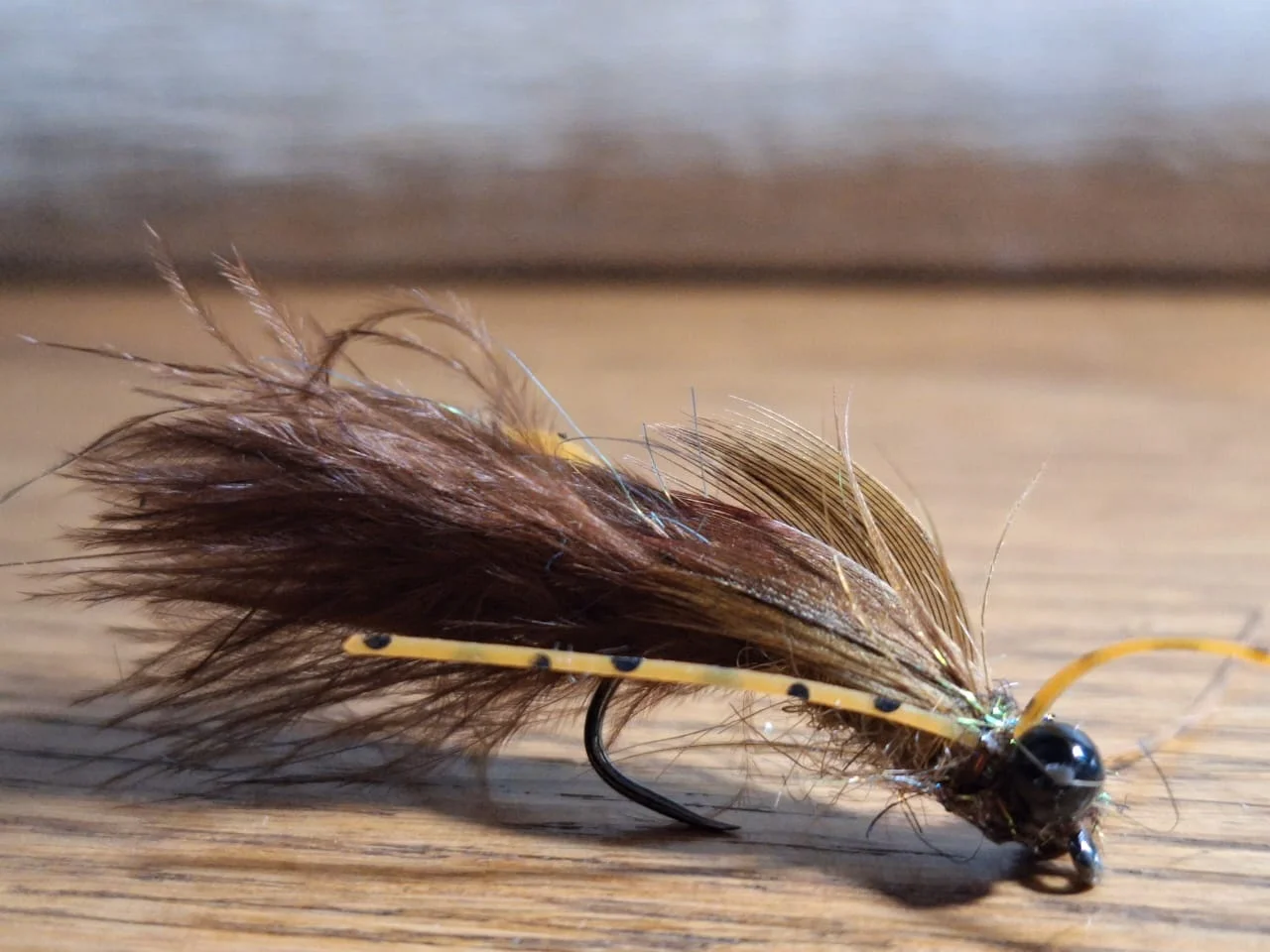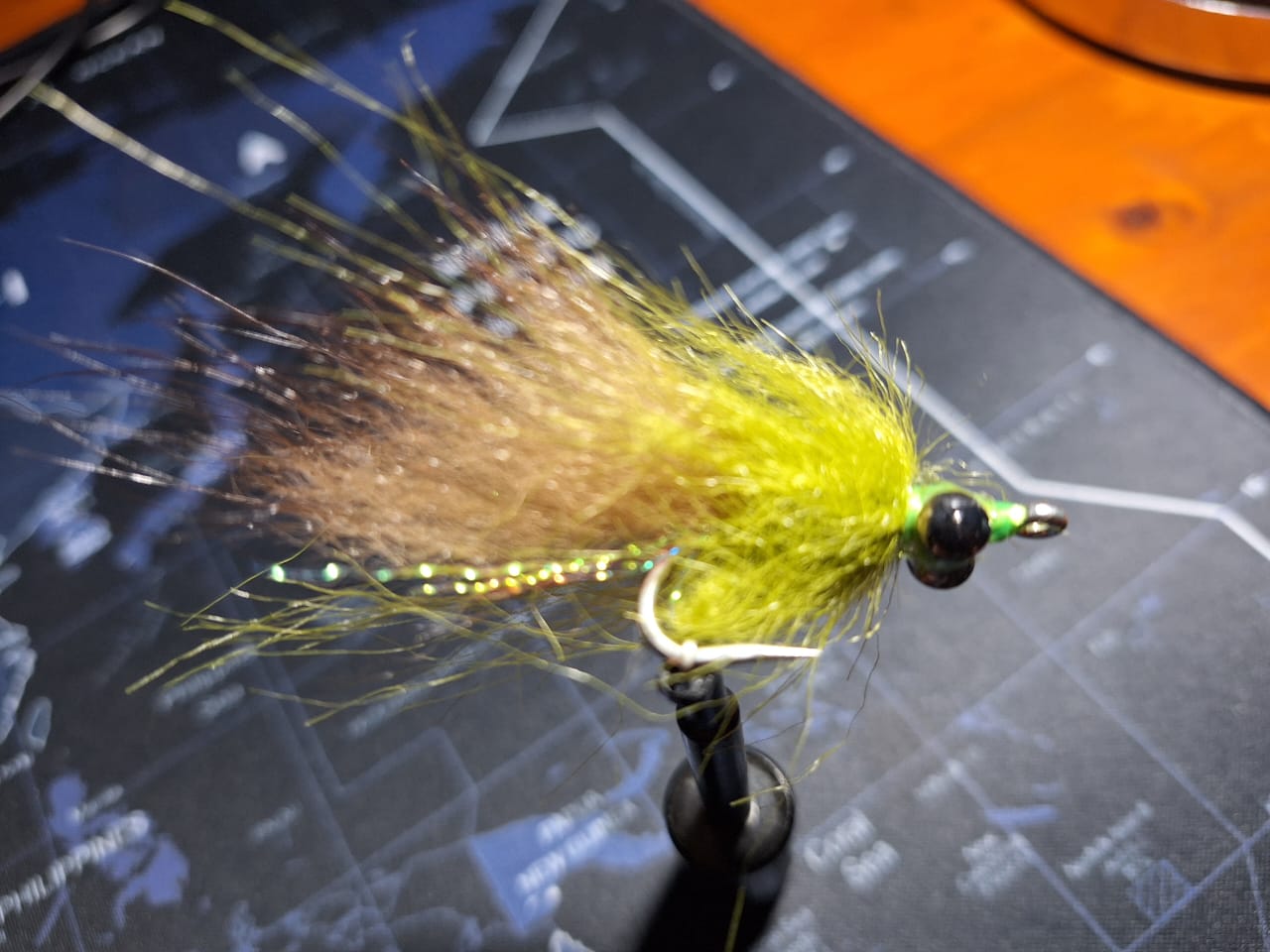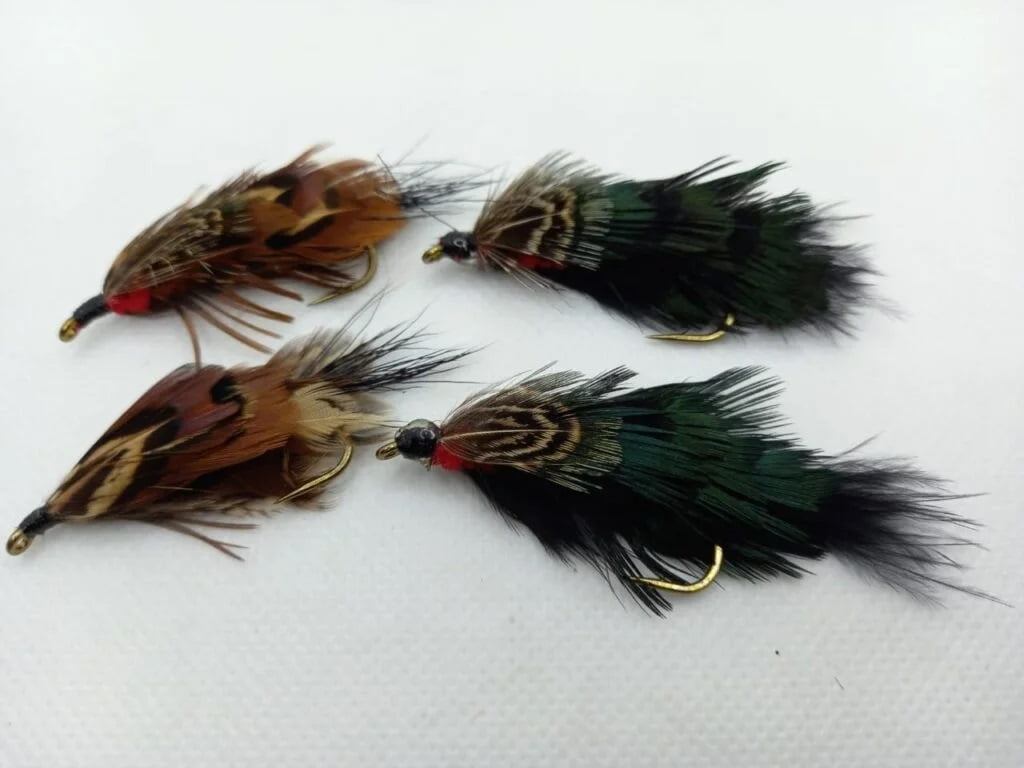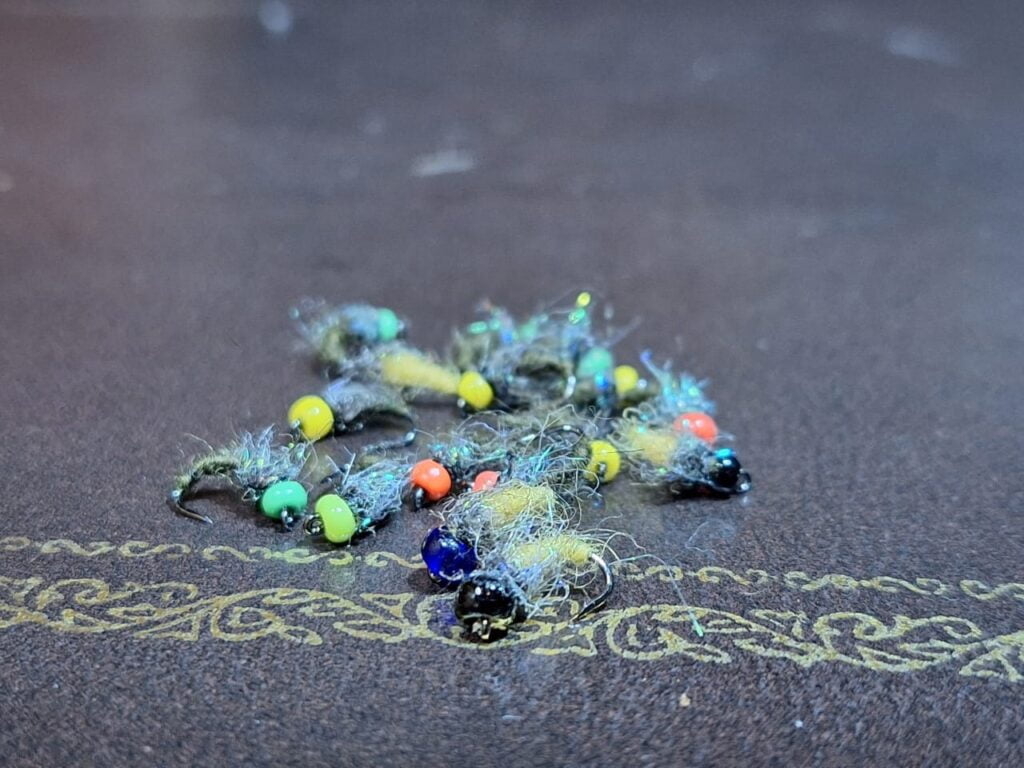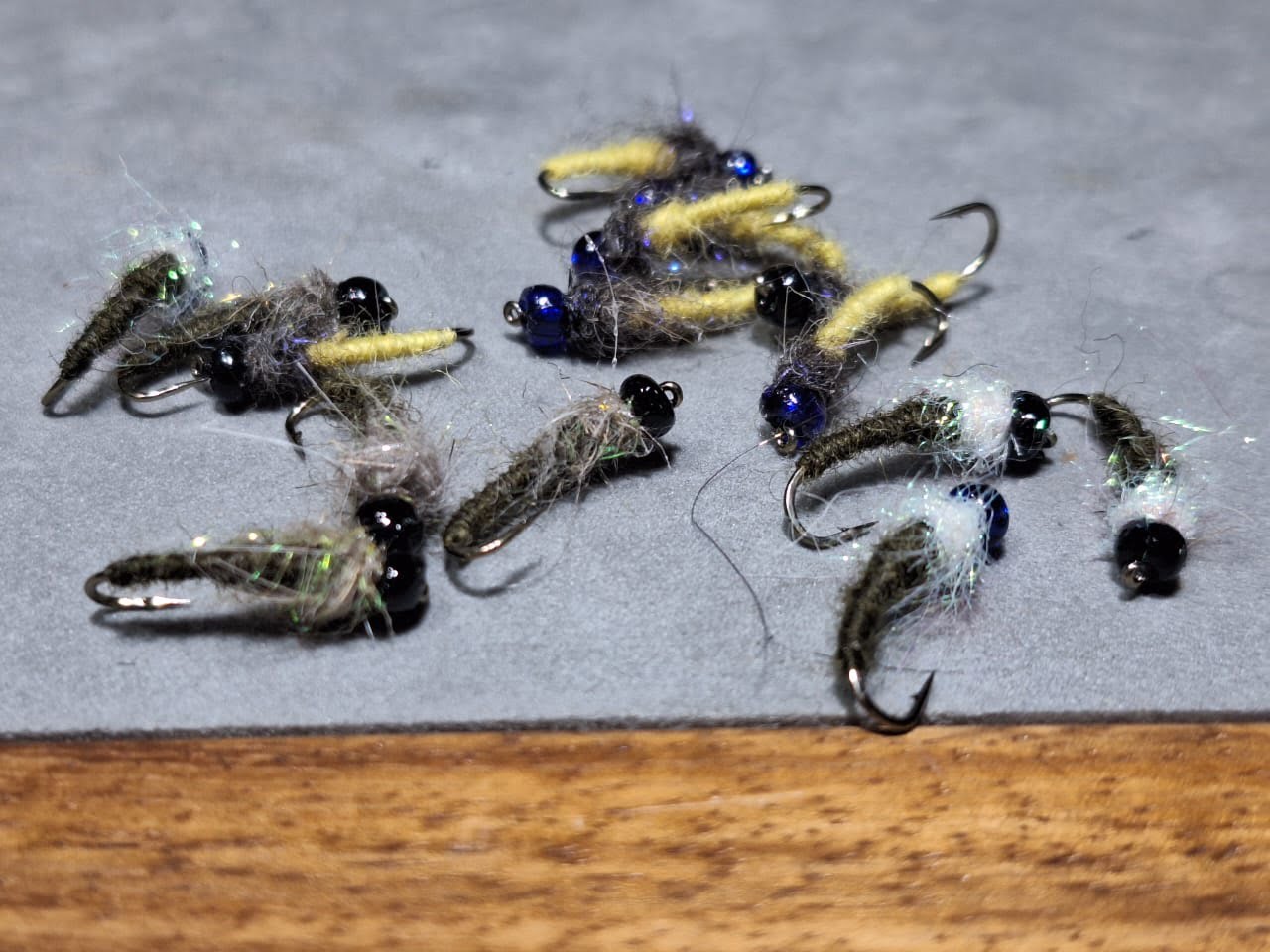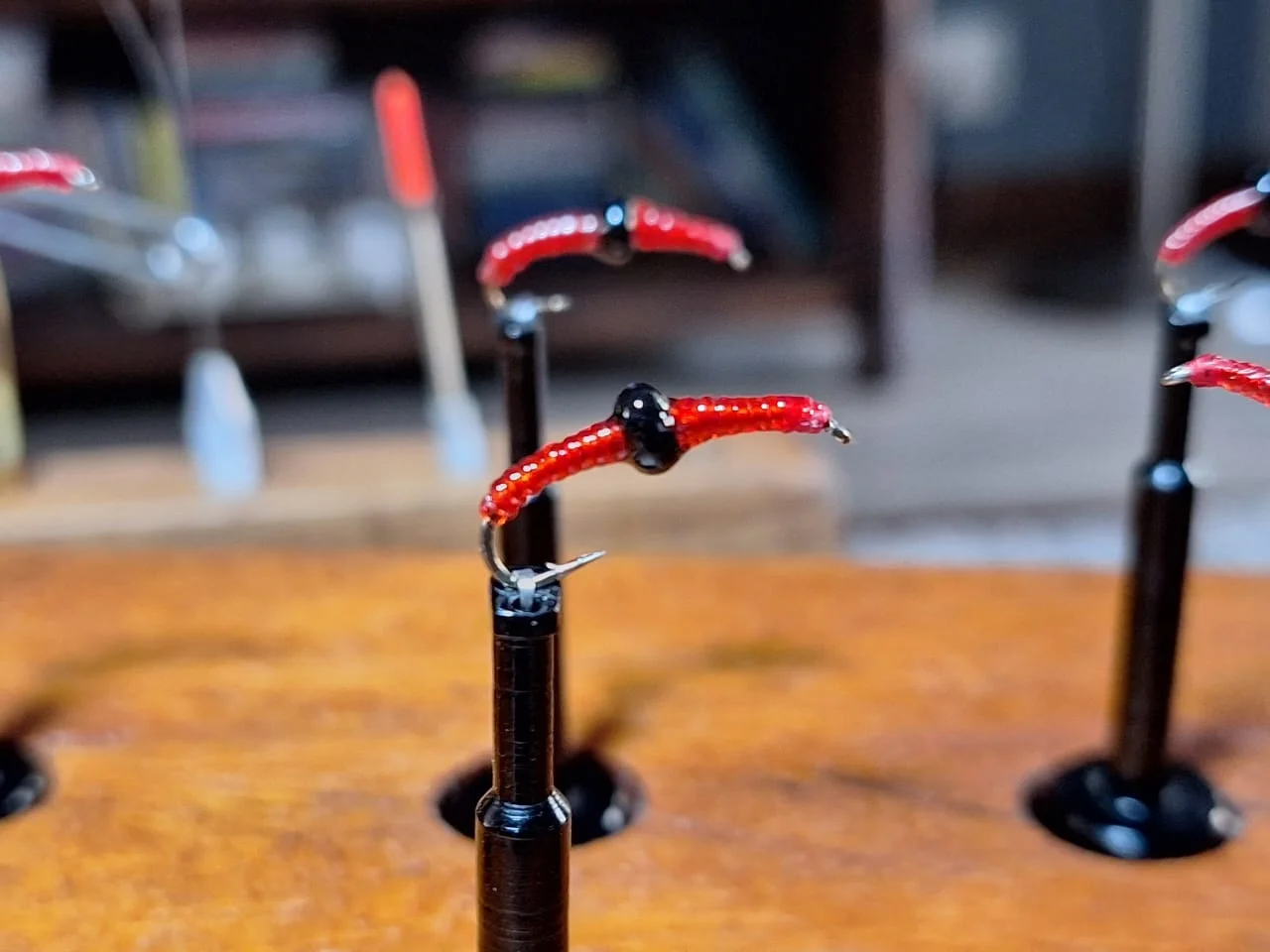Supporting Bible Distribution
Traditional home tied flies for still water Trout fishing.
All proceeds go towards Bible Distribution in Southern Africa and cover the following languages, Afrikaans, English, IsiNdebele, Sepedi, Sesotho, SiSwati, Xitsonga, Setswana, Tshivenda, IsiXhosa, Isizulu, Chewa, French, and Portuguese.
Its an art
The freedom to experiment and create your own patterns is truly liberating. You’re no longer confined to the limitations of commercial offerings, and you can tailor your flies to the specific conditions and target species you’re facing. This not only increases your chances of success, but it also deepens your connection to the sport and the environment. The feeling one experiencing when a fish takes a fly that you have tied is so rewarding in may ways ………..and now………… it becomes and art and not a sport………..love it!

The Lab
The Fly Tester

Seeing how the fly behaves in the water helps to understand how it is going to function in the real world, were the big boys are playing………..
Playlist
The Collection
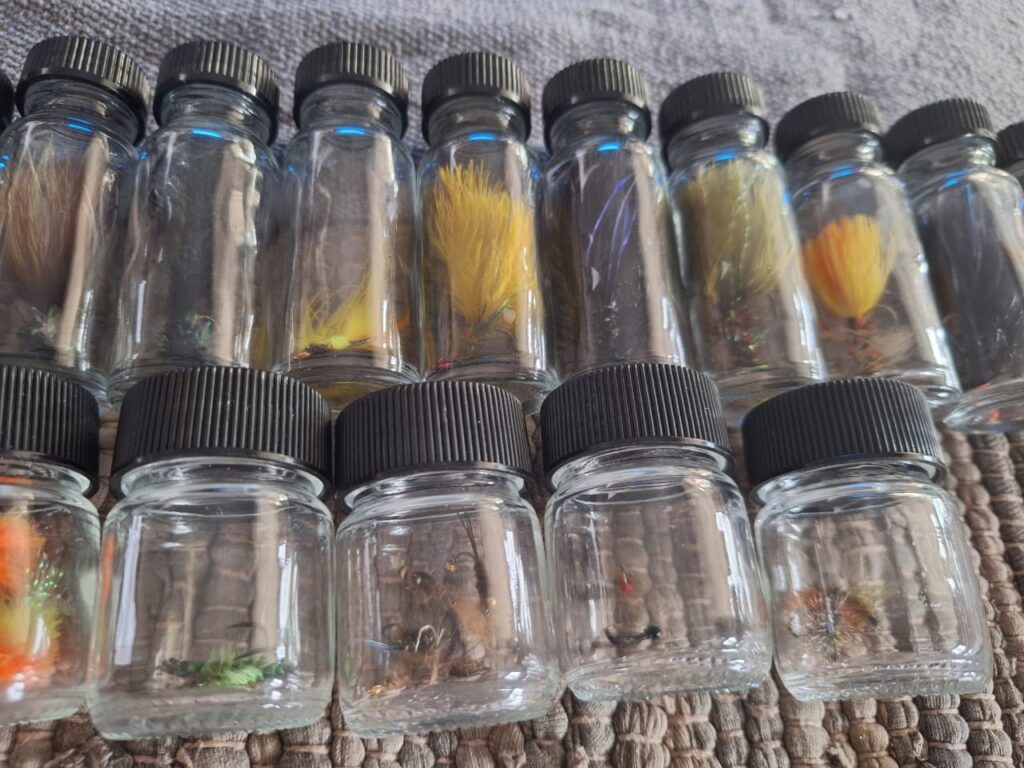
Damsels
The Damselfly nymph is a popular pattern choice for stillwater fly fishermen and for good reason too; trout absolutely crush them. The nymphs are present year round and are a common menu item for scavenging trout on a daily basis. Damselflies have an incomplete life cycle consisting of; egg, larvae (nymph) and adult.
Blob
The Blob imitates a cluster of daphnia or zooplankton or can be taken purely out of aggression. You can hang a Blob under a strike indicator or you can fish it on a sinking line with a slow retrieve.


